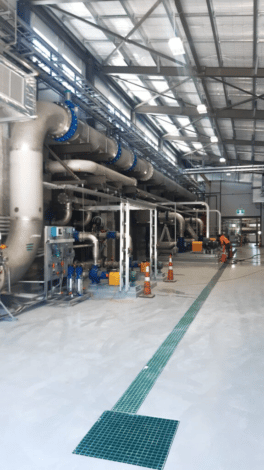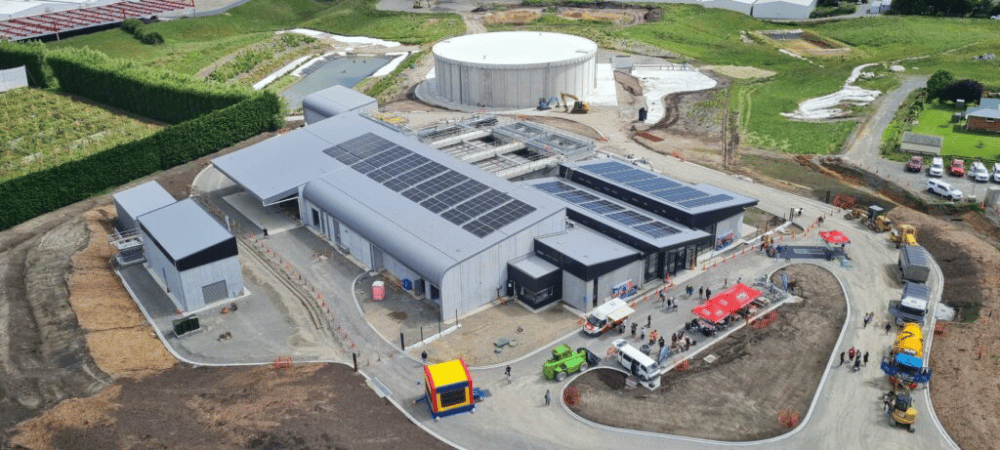 Intelligent Environments Ltd were contracted by McKay Electrical, on behalf of Tauranga City Council to supply and commission the DALI-2 cloud based lighting control system for the Waiari Water Treatment Plant in the Bay of Plenty.
Intelligent Environments Ltd were contracted by McKay Electrical, on behalf of Tauranga City Council to supply and commission the DALI-2 cloud based lighting control system for the Waiari Water Treatment Plant in the Bay of Plenty.
This water treatment plant is a key element of the Bay of Plenty infrastructure, utilising water from the spring-fed Waiari stream.
Although this DALI-2 lighting control provides a great deal of functionality, it proved unnecessary for our controls specialist to visit site, as all commissioning, and final programming was completed remotely, with assistance from the electrician who installed the DALI system hardware, and addressed the light fittings.
Once everything was connected, this zencontrol cloud based lighting control system simply required our controls specialist to carry out the programming, to meet the client’s needs, from our Wellington office.
The site-wide zencontrol system controls the exterior lighting via sunset/sunrise schedules using an astronomical clock and measured light level.
Most ancillary buildings have local on/off push button control but can be centrally controlled via a touchpanel in the control room (located in the administration building).
Also within the administration building are additional controls for dimming and occupancy (PIR motion sensors). The system provides for a mixture of both DALI dimming and DALI relay (i.e. 230V on/off) control.
One of Tauranga City Council’s aims for this project was to reduce any impact construction has on the environment. The ability to program the system remotely avoided trips to site and kept carbon emissions lower than would otherwise be the case.



